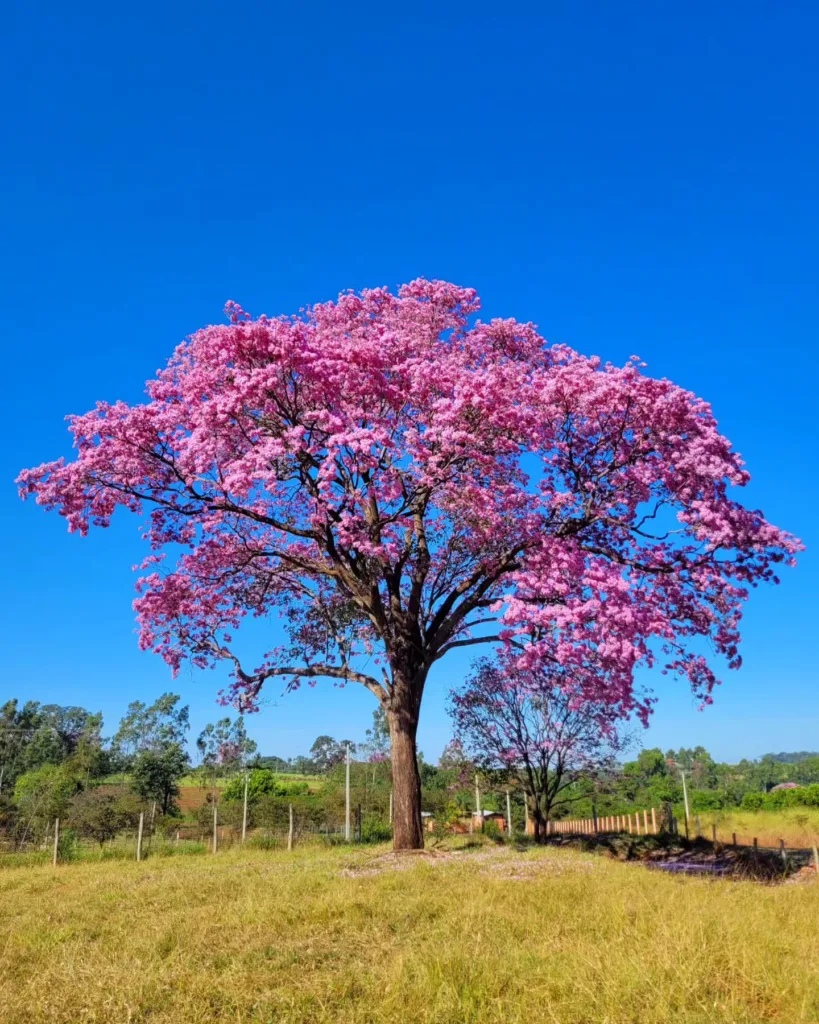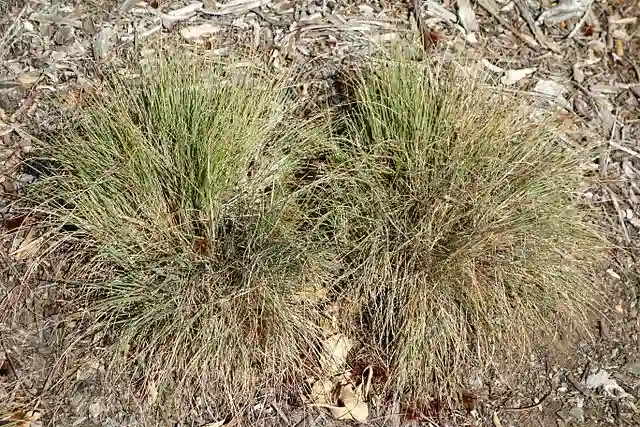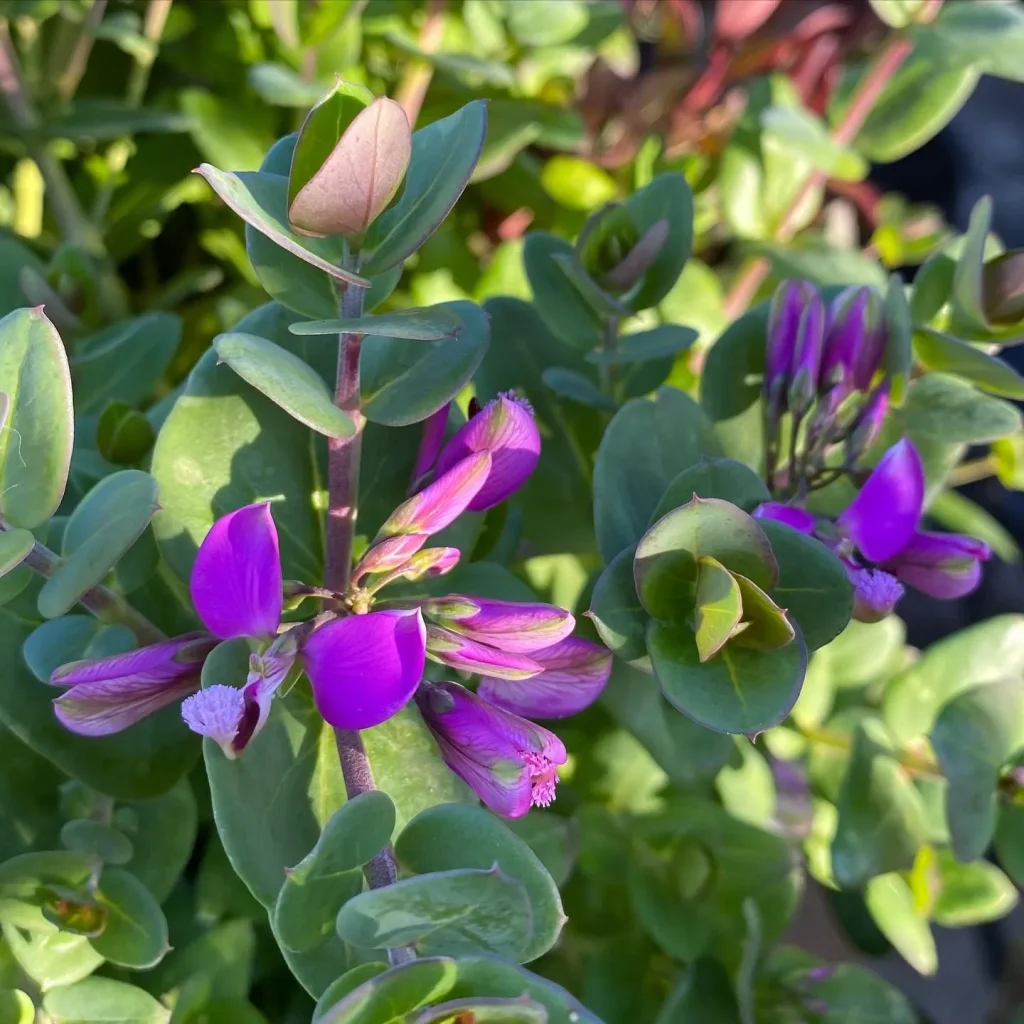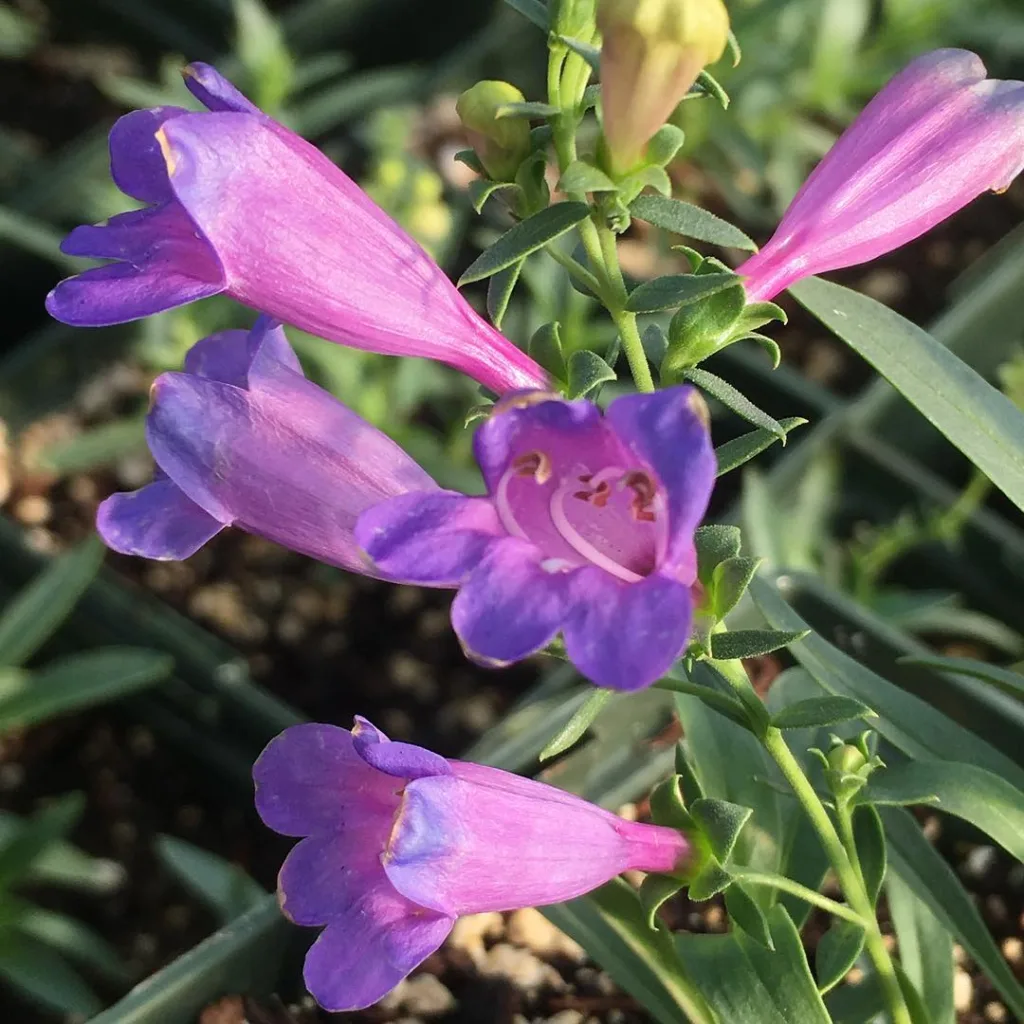Frequently Asked Questions about Pistacia Chinensis Keith Davey
I’ve always been fascinated by the Pistacia Chinensis Keith Davey, an outstanding cultivar of the Chinese Pistache tree. Its vibrant colors, resilience, and low maintenance needs make it a wonderful addition to landscapes. I’ve received a lot of questions about this tree over time, so I thought I’d address some of the most common ones here.
12 Species in Genus Pistacia
What Is Pistacia Chinensis Keith Davey?
Pistacia Chinensis Keith Davey is a cultivar of the Chinese Pistache tree. This tree is known for its outstanding fall color, making it a popular choice for ornamental landscapes. The cultivar is male, meaning it doesn’t produce messy berries like some other varieties. This makes it cleaner and more manageable for urban settings. The tree can reach up to 35 feet in height and spread, which makes it perfect for shade and aesthetic value.
How to Care for Pistacia Chinensis Keith Davey?
Caring for Pistacia Chinensis Keith Davey is relatively simple, and that’s one of the reasons I appreciate it so much. Here are a few essentials:
- Sunlight: This tree thrives in full sun. It needs at least six hours of direct sunlight each day. This helps with growth and enhances the fall color that this tree is famous for.
- Soil: Although it can tolerate a variety of soil types, well-drained soil is best. Sandy or loamy soil with good drainage will ensure the tree doesn’t get waterlogged.
- Watering: In the first year or two after planting, regular watering is essential to establish the root system. Once established, Pistacia Chinensis Keith Davey is drought-tolerant and only needs occasional watering during dry spells.
- Pruning: Minimal pruning is needed. I usually prune it to maintain its shape and remove any dead or broken branches. Late winter or early spring is the best time for this.
How to Propagate Pistacia Chinensis Keith Davey?
Pistacia Chinensis Keith Davey is propagated through grafting or budding since it’s a male cultivar. Propagation by seed is not effective because the seeds won’t carry the same desirable traits, like the absence of berries. Grafting ensures that the resulting trees have the same characteristics as the parent tree.
- Grafting: I’ve found grafting to be the most reliable method. You need a rootstock from a standard Chinese Pistache tree, and you graft the Keith Davey scion onto it. It’s a technical process and requires some skill, but it ensures you get an identical tree.
What to Plant with Pistacia Chinensis Keith Davey?
When planning a landscape design, I like to pair Pistacia Chinensis Keith Davey with plants that complement its colors and growth habits. Here are a few options:
- Grasses: Ornamental grasses like Miscanthus or Fountain Grass create a nice contrast with the tree’s vibrant fall foliage.
- Shrubs: Loropetalum or Nandina are great options. Their colors and textures balance the tree’s structure while adding year-round interest.
- Perennials: I often plant Coneflowers, Salvia, or Coreopsis around the base. These drought-tolerant perennials can thrive in the same sunny conditions as the tree.
How to Use Pistacia Chinensis Keith Davey in Landscaping?
I love using Pistacia Chinensis Keith Davey in a variety of landscape designs. Its adaptability makes it suitable for different styles, from formal landscapes to naturalistic plantings.
- Street Trees: The tree’s upright growth and minimal mess make it ideal for lining streets and driveways. It provides shade without littering the area with debris.
- Specimen Trees: In a large lawn, this tree can be a focal point, especially in the fall when the leaves turn bright red and orange.
- Windbreaks: Its dense canopy makes it effective as a windbreak or privacy screen when planted in groups.
Is Pistacia Chinensis Keith Davey Toxic?
One of the questions I often get is whether Pistacia Chinensis Keith Davey is toxic. Luckily, this tree is non-toxic to humans and pets. This makes it a great choice for residential areas, parks, and schools. You can safely plant it without worrying about harmful effects on children or animals.
How Does Pistacia Chinensis Keith Davey Handle Pests and Diseases?
Pistacia Chinensis Keith Davey is remarkably resilient. It’s not prone to many serious pests or diseases, which is another reason I like it so much. Occasionally, you might encounter minor issues like scale insects or leaf spots, but these are rarely serious. Proper care and regular monitoring should keep your tree healthy.
If you notice any signs of stress, like wilting or discoloration, check for pests or consult with an arborist. Overall, this tree has a natural resistance to common tree problems.
Why Choose Pistacia Chinensis Keith Davey?
If you’re looking for a tree that combines beauty, resilience, and ease of care, Pistacia Chinensis Keith Davey is an excellent choice. Its stunning fall colors make it a standout in any landscape, and its minimal maintenance needs make it perfect for busy homeowners or urban planners.
The tree’s ability to tolerate drought once established makes it suitable for various climates, especially in regions with hot summers and dry spells. Plus, its non-toxic nature ensures it’s safe for family environments.
Conclusion
After working with Pistacia Chinensis Keith Davey for years, I can confidently say it’s one of the best trees for both beauty and practicality. Whether you’re looking for a striking specimen tree, a reliable street tree, or something to add vibrant color to your landscape, this tree delivers. Its low-maintenance care routine, along with its resistance to pests and diseases, makes it a favorite in my book.
If i die, water my plants!



